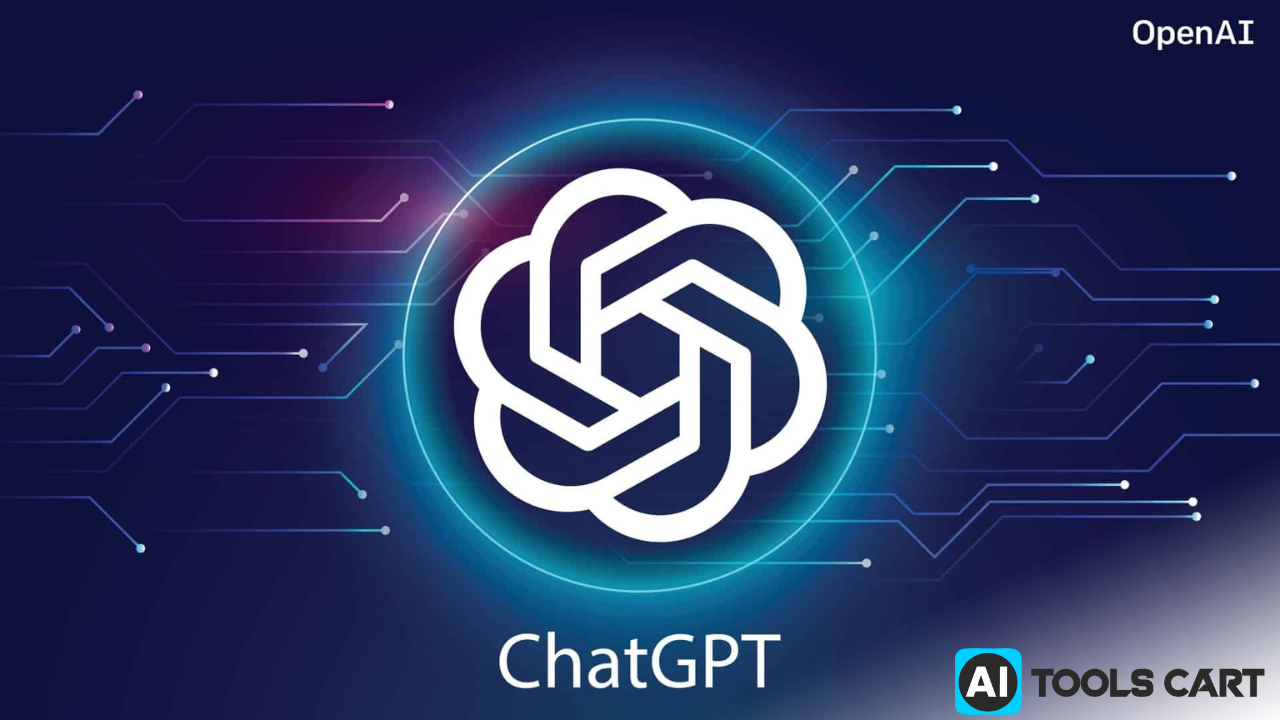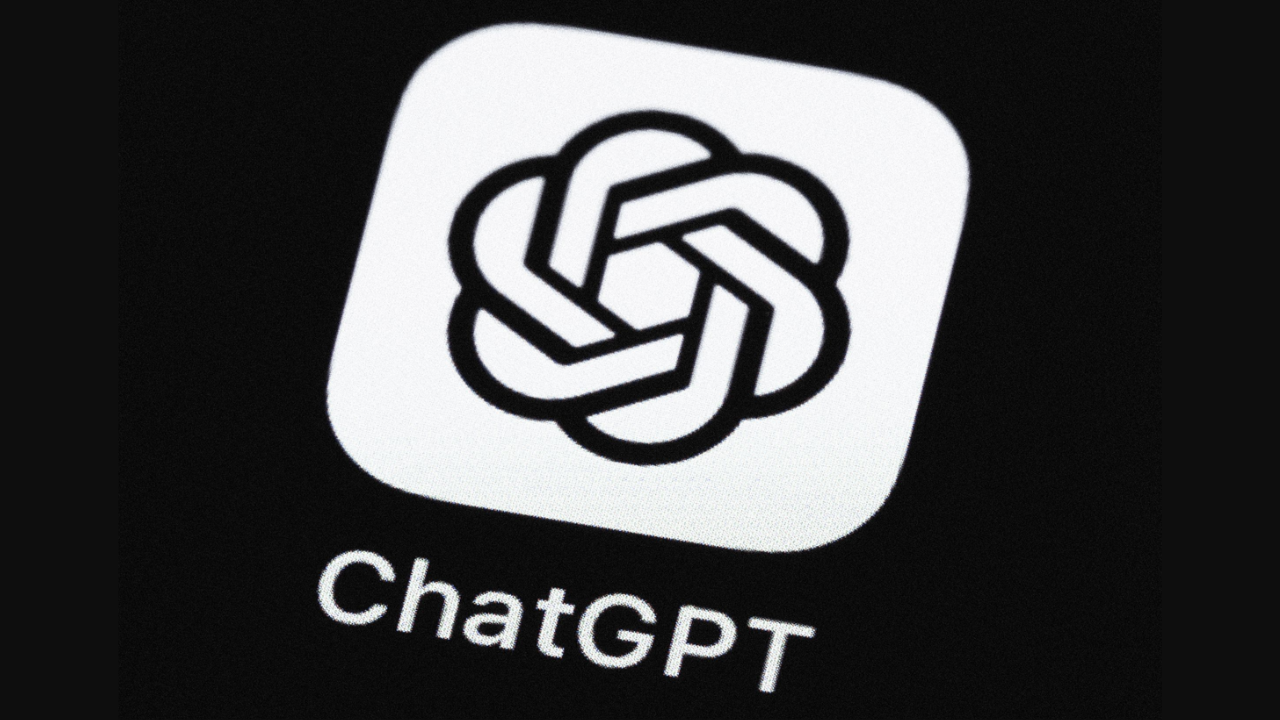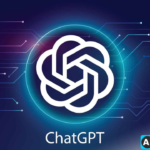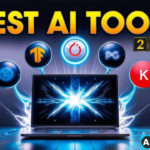
Admin / June 13, 2025
How Does ChatGPT Work and Give Accurate Answers?
Imagine asking chatgpt – “Explain how rockets work,” and it breaks it down like you’re chatting with a cool science teacher. How does ChatGPT pull this off? How does it seem to get you and give such spot-on answers? In this blog, I’ll spill the beans on how ChatGPT works, how it was trained, and what’s happening behind the scenes when you hit “send” on your prompt. Plus, I’ll share some nerdy tech details in simple words and throw in a few stories to keep it fun. Let’s dive into the magic of ChatGPT!
Table of Topics
ToggleWhat’s ChatGPT All About?
ChatGPT, built by OpenAI, is like a super-smart chatbot that can talk about almost anything. It’s based on something called the GPT architecture—short for Generative Pre-trained Transformer. Don’t let the big words scare you! It just means ChatGPT was trained on a huge pile of text (like books, websites, and even random internet posts) to understand how humans talk and write. Unlike Google, which searches for web pages, ChatGPT creates answers from scratch, like a friend brainstorming with you.
The first time I used ChatGPT, I was hooked. I asked it to write a rap about my morning routine, and it dropped rhymes about my alarm clock and cereal like it knew me! I thought, “How does this thing know so much?” So, I started digging, and here’s what I learned about how ChatGPT works and why it’s so good.
How Was ChatGPT Trained? The School Days of AI
Think of ChatGPT’s training like it went to a giant library and read everything—billions of words from novels, Wikipedia, blogs, and more. This is called pre-training, and it’s how ChatGPT learned the rules of language, like how to form sentences or what “lol” means in a text. It didn’t have a teacher saying, “This is right, this is wrong.” Instead, it figured things out on its own, like a kid learning to talk by listening to grown-ups.
Here’s how the training went down:
Unsupervised Learning: ChatGPT was fed a massive dataset—around 45 terabytes of text for GPT-3, one of its earlier versions. That’s like millions of books! It read through it all, spotting patterns like which words often go together or how questions are answered. This is why it can handle crazy questions, like “What would a dinosaur say at a job interview?” – Read more on Unsupervised Learning
Supervised Learning: For some parts, humans gave ChatGPT examples, like customer service chats. For instance, if someone asked, “How do I fix my Wi-Fi?” the right answer was labeled as, “Restart your router.” This helped it learn specific Q&A pairs. – Read more on Supervised Learning
Reinforcement Learning from Human Feedback (RLHF): After the big training, humans fine-tuned ChatGPT by ranking its answers. If it gave two responses to “What’s a black hole?”—one confusing and one clear—the humans picked the clear one. This made ChatGPT’s answers safer, friendlier, and more accurate. – Read more on Reinforcement Learning
I once asked ChatGPT to explain gravity like I was five, and it said, “Gravity is like an invisible hug from the Earth, keeping you from floating away!” That’s RLHF at work—making answers clear and fun. The latest model, GPT-4o, was trained on even more data, including images and audio, so it’s even smarter.
How Does ChatGPT Handle Your Prompts?
When you type a question, ChatGPT doesn’t just read it like a human—it breaks it into tiny pieces called tokens. Let’s unpack how it deals with your prompt behind the scenes.
Step 1: Turning Your Words into Tokens
A token is like a bite-sized chunk of text, usually about four characters long. For example, “ChatGPT” might be one token, and “amazing” might be two. GPT-3 was trained on about 500 billion tokens, so it’s got a lot of practice. When I typed, “Write a poem about my dog,” ChatGPT split it into tokens like “write,” “poem,” “about,” “my,” and “dog.”
These tokens are turned into numbers because computers love numbers, not words. Each token gets a unique ID, and ChatGPT uses these IDs to analyze your prompt.
Step 2: The Transformer Brain Kicks In
Here’s where the transformer comes in—the tech that makes ChatGPT so clever. Transformers are like the AI’s brain, figuring out how tokens relate to each other. For example, in “The dog chased the cat,” the transformer knows “dog” is doing the chasing and “cat” is the one running. It also gets context, like whether “chased” is playful or serious.
Transformers use something called attention mechanisms. This means they focus on the most important parts of your prompt. If you say, “I love pizza, but I’m gluten-free,” ChatGPT pays attention to “gluten-free” and suggests recipes without wheat. It’s like how you tune out background noise to hear your friend at a noisy café.
Step 3: Generating the Answer
Once ChatGPT understands your prompt, it predicts the next tokens to form an answer. It’s like playing a super-smart “finish the sentence” game. For example, if you ask, “What’s the capital of Brazil?” it starts with tokens like “The,” “capital,” “of,” “Brazil,” “is,” and lands on “Brasília.” It keeps going, building a full sentence based on what it learned during training.
This process happens in a neural network with billions of parameters—think of them as tiny knobs that adjust how ChatGPT thinks. GPT-3 has 175 billion parameters, and GPT-4o likely has even more. These parameters help it weigh different possibilities and pick the best response.
Step 4: Dialogue Management for Smooth Chats
ChatGPT doesn’t just answer one question and stop—it can keep the conversation going. This is called dialogue management. It remembers what you said earlier (up to a point) and uses that to make answers more relevant. For example, when I asked, “Write a story about a dragon,” and then said, “Make it funny,” ChatGPT added goofy details to the same dragon story, not a new one.
This makes chatting with it feel natural, like talking to a friend who’s actually listening. It’s why you can say, “Explain it simpler,” and ChatGPT tweaks its answer without starting over.

Why Are ChatGPT’s Answers So Accurate?
ChatGPT’s answers feel like they’re from a human because of a few key tricks:
Huge Data: It’s seen so much text (billions of tokens!) that it knows a ton about the world, from recipes to rocket science.
Context Smarts: Transformers help it understand exactly what you mean, even if your question is vague or tricky.
Human Fine-Tuning: RLHF makes sure answers are clear, safe, and friendly, not robotic or weird.
Adaptability: It can switch from writing a joke to solving math, thanks to its flexible training.
But it’s not perfect. Once, I asked ChatGPT to explain “blockchain” in simple terms, and it used some techy words I didn’t get. When I said, “Dumb it down,” it compared blockchain to a shared notebook no one can erase—way clearer! That’s ChatGPT’s strength: it learns from your feedback.
Could You Build Your Own ChatGPT?
Now, here’s a fun question: what if you wanted to make your own ChatGPT? Spoiler: it’s tough, but let’s break it down in simple terms.
What You’d Need
Massive Data: You’d need billions of words of text, like books, websites, or social media posts. GPT-3’s dataset was 45 terabytes, so you’d need serious storage.
Supercomputers: Training a model like ChatGPT takes tons of computing power. Think thousands of GPUs (graphics cards) running for months. It’s why big companies like OpenAI lead the way.
Smart Algorithms: You’d need to code transformers and neural networks, which is like building a digital brain. This takes serious math and programming skills.
Human Helpers: Fine-tuning with RLHF needs people to review and rank answers, which is time-consuming and costly.
Money: Training a model like GPT-3 can cost millions of dollars in hardware and cloud computing. Yikes!
Steps to Build It
Collect Data: Scrape the internet for text (legally, of course!) or use public datasets like Wikipedia or books.
Pre-Train: Feed the data into a neural network and let it learn language patterns. This could take weeks or months, even with powerful computers.
Fine-Tune: Use human feedback to make the model’s answers better. For example, teach it to avoid rude or wrong responses.
Test and Tweak: Try out your model and fix any bugs. You might need to retrain parts of it to improve accuracy.
Why It’s Hard to Copy ChatGPT
Even if you had the tech and money, copying ChatGPT exactly is tricky. OpenAI keeps some details secret, like the exact dataset or training tweaks for GPT-4o. Plus, newer models like GPT-4o handle images and audio, which adds more complexity. You’d also need to follow strict rules to make sure your AI is safe and doesn’t spread misinformation.
But don’t lose hope! There are open-source models like LLaMA or BERT that you can experiment with. They’re smaller but great for learning how AI works. I tried playing with a small AI model for fun, and it wrote a short story about my cat—nowhere near ChatGPT’s level, but still cool!
Also Read my another blog for more info on this – How to Build an AI Startup with Zero Coding Skills
Fun Ways to Use ChatGPT
ChatGPT isn’t just techy—it’s super useful in real life. Here are some ways I’ve used it:
Writing Buddy: It helped me draft a thank-you email to my boss in minutes. I just said, “Make it polite but short,” and it nailed it.
Homework Helper: I asked it to explain photosynthesis like I was 10, and it used a story about plants “eating” sunlight. So cute!
Code Wizard: I’m no coder, but it wrote a simple Python script for a game I wanted to try. It even explained each line!
Creative Spark: I asked for a superhero name based on my love for coffee, and it came up with “Caffeine Crusader.” I’m ready to save the world!
Tips to Get Awesome Answers
Want ChatGPT to shine? Here’s what I’ve learned:
Be Clear: Say exactly what you want, like “Write a 100-word story about a robot chef” instead of “Write a story.”
Ask Follow-Ups: If the answer’s off, say, “Try again, but make it funnier.” It’ll adjust.
Pick a Tone: Want it serious or silly? Say, “Explain like a comedian” or “Write like a professor.”
Have Fun: Ask weird stuff! I once got it to write a letter from my dog to Santa, and it was adorable.
What’s Next for ChatGPT?
ChatGPT’s already amazing, but it’s getting even cooler. Models like GPT-4o can handle images (like reading a menu photo) and audio (like answering in a human-like voice). Future AIs might solve harder problems, like math puzzles or planning your vacation. I can’t wait to see what’s next—maybe I’ll ask it to design a spaceship for me!
Conclusion: ChatGPT’s Like a Super-Smart Friend
So, how does it work and give such accurate answers? It’s a mix of reading tons of text, using transformers to understand your prompts, and fine-tuning with human help to sound natural. From tokens to neural networks, it’s like a digital brain that’s always ready to chat. Whether I’m asking for a recipe, a joke, or a science lesson, it feels like a friend who’s got my back.
Ready to give it a spin? Head to grok.com or the ChatGPT app and ask something wild. What’s the most fun thing you’ve asked ChatGPT? Drop it in the comments—I’m curious! And if you found this blog helpful, share it with a friend who’s wondering how this AI magic works.
FAQ
Q: How does it process my prompt?
A: It breaks your prompt into tokens (small text chunks), uses transformers to understand context, and generates an answer by predicting the next tokens based on its training.
Q: What makes answers so human-like?
A: It’s trained on billions of words and fine-tuned with human feedback (RLHF) to make responses clear, safe, and conversational.
Q: Can it get things wrong?
A: Yup! If a question is vague or it lacks data, it might mess up. Just rephrase or ask for a tweak to get a better answer.
Q: How is it different from a search engine?
A: Search engines like Google find web pages, but it creates original answers, like stories or code, based on its training.
Q: Could I build my own ?
A: It’s possible but super hard. You’d need tons of data, powerful computers, and coding skills. Start with open-source models like BERT for practice!
✅ Best AI tools for image & video generation
✅ Top SEO & text-to-speech solutions
✅ Tools for web development, audio creation & more
✅ Explore voice cloning & deepfake tools
🎯 and many more across every AI category!
👉 Start exploring now at AIToolsCart.com




